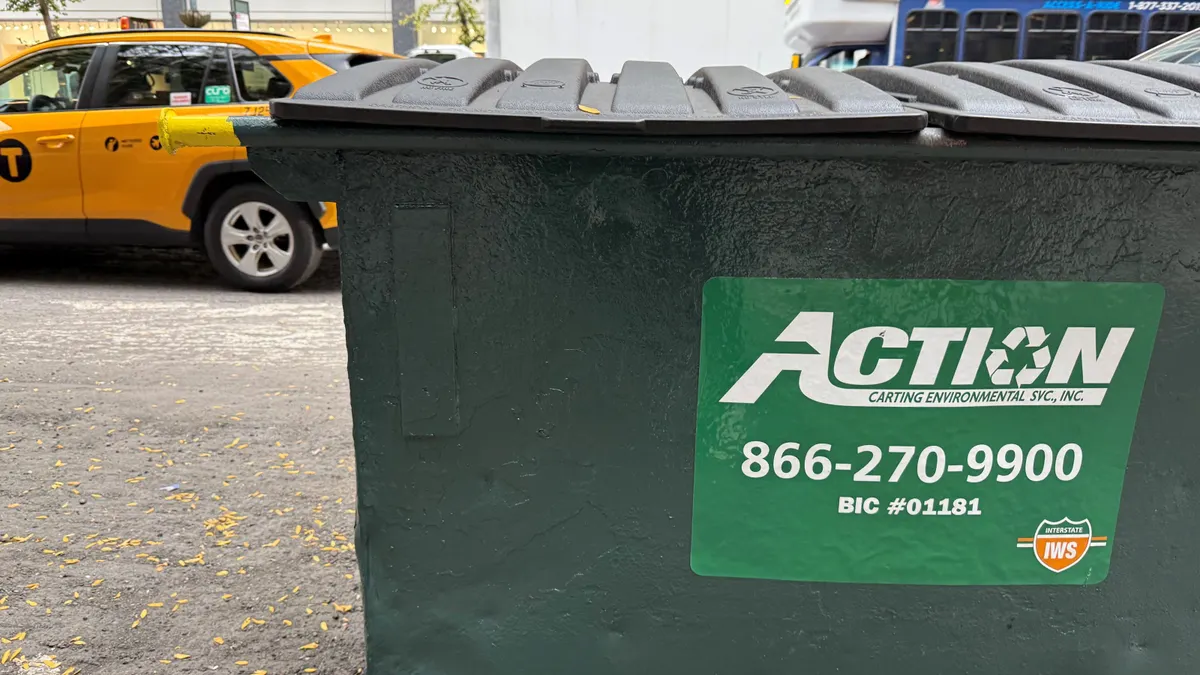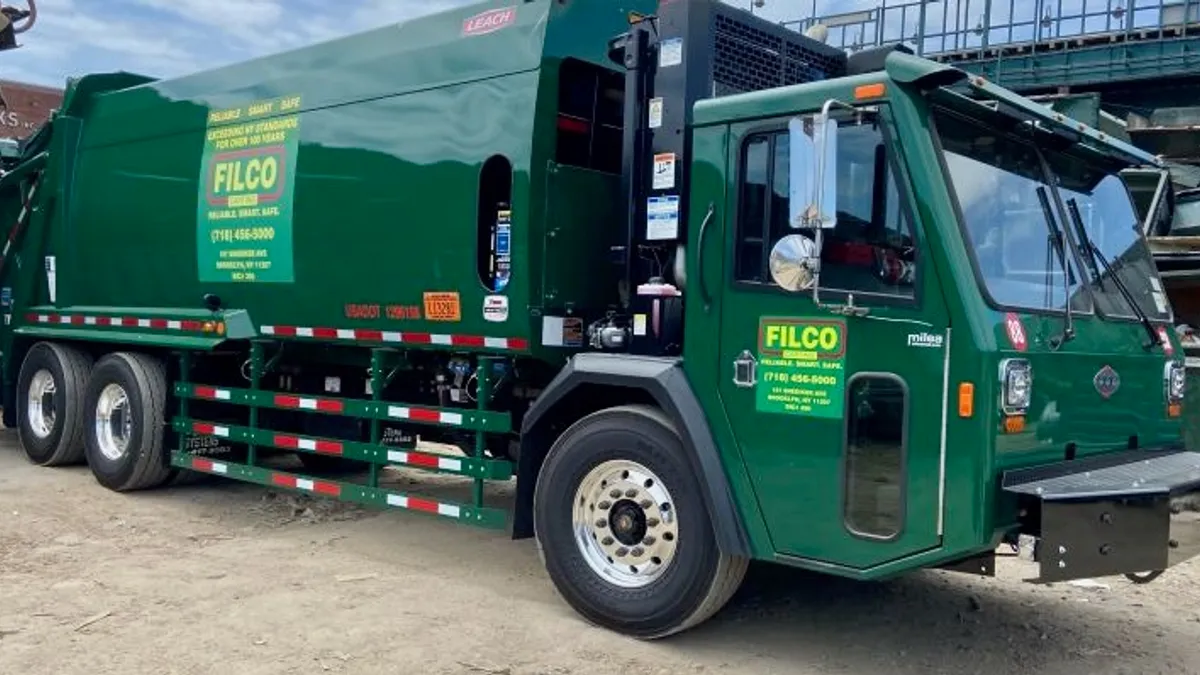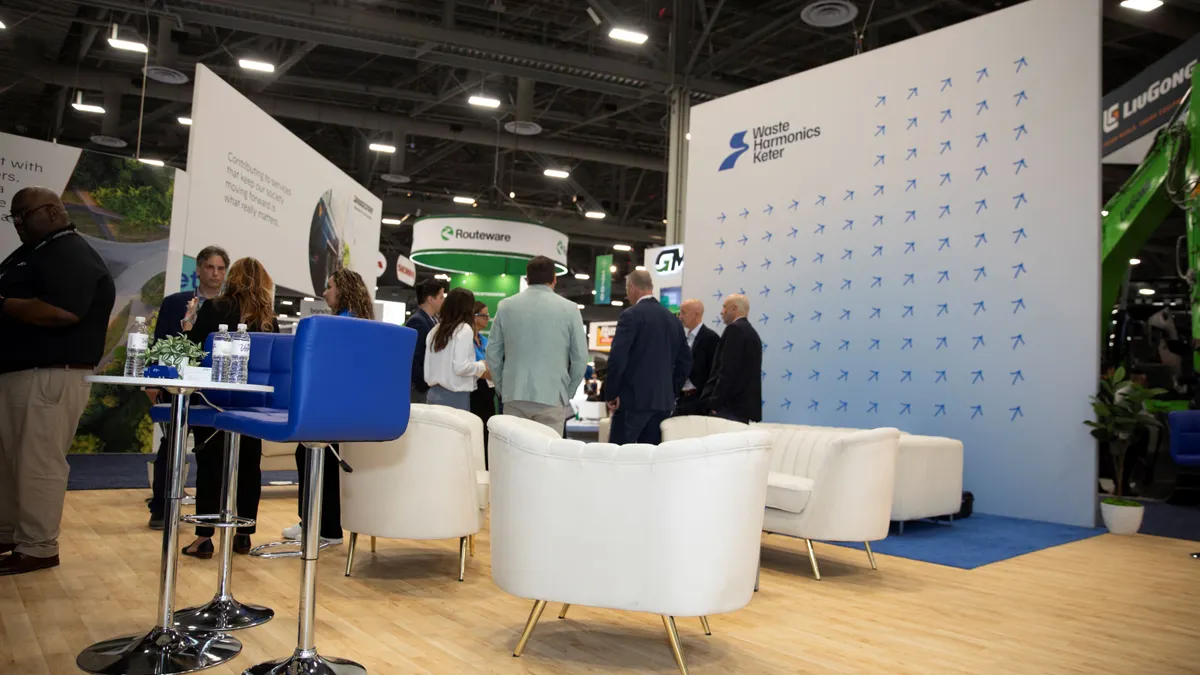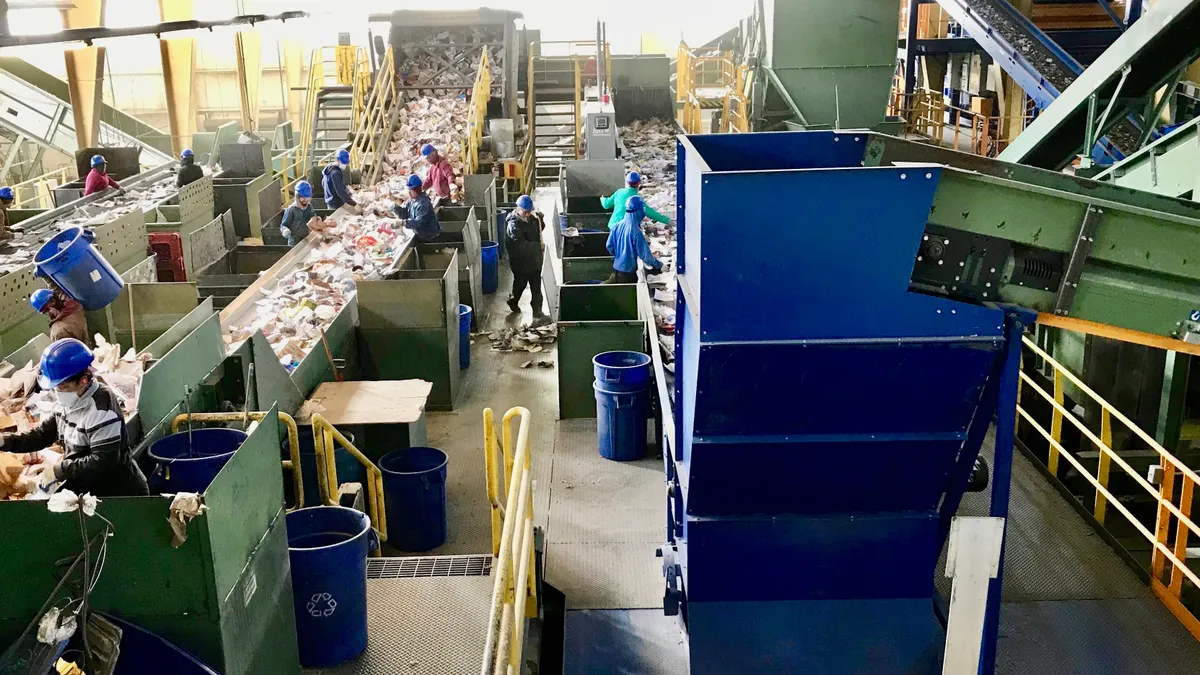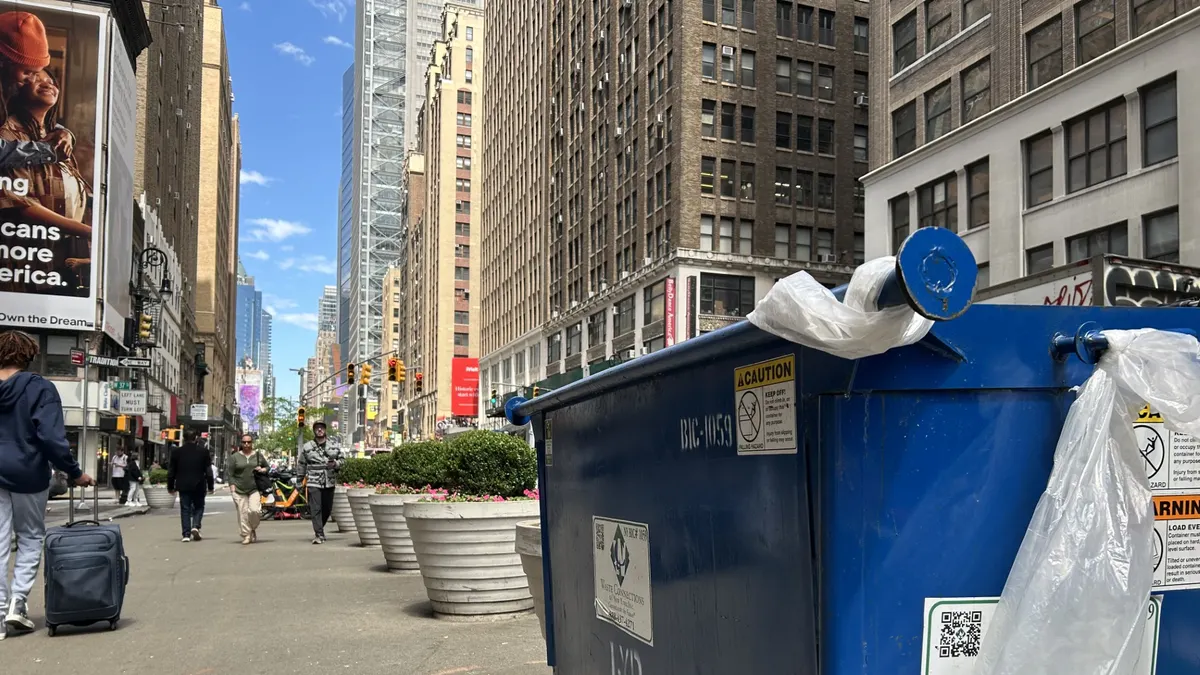The U.S. EPA finalized its Phase 3 rule for medium- and heavy-duty emissions standards on Thursday, setting fleets nationwide on a quicker decarbonization path than the agency previously required.
The rule builds on Phase 2 requirements that were adopted in 2016. Thursday's action was the third and final step taken by the EPA as part of the Biden administration's Clean Trucks Plan. Previously, the EPA finalized a rule to reduce nitrogen oxide emissions from heavy-duty vehicles in December 2022 and created more stringent multi-pollutant rules for light- and medium-duty vehicles.
“EPA is significantly cutting pollution from the hardest working vehicles on the road,” EPA Administrator Michael Regan said in a statement. “Building on our recently finalized rule for light- and medium-duty vehicles, EPA’s strong and durable vehicle standards respond to the urgency of the climate crisis by making deep cuts in emissions from the transportation sector.”
In a release, the EPA estimated the new rules would avoid 1 billion tons of greenhouse gas emissions, the equivalent of “more than 13 million tanker trucks’ worth of gasoline.” It also projected $13 billion in annualized net benefits, which includes public health and climate savings as well as savings for truck owners and operators.
Both WM and Republic Services acknowledged the potential for new fleet regulations in their annual reports to shareholders this year. Republic Services called out the Clean Trucks Plan and noted that the Phase 3 standards, as well as previously announced regulations, may subject their fleet to higher emissions standards. While Republic has been proactive in acquiring zero-emission vehicles, it noted that more stringent tailpipe emission regulations could have a “material adverse effect” on the company’s finances.
WM said it was proactively working with policymakers to communicate the challenges of electrification and doubled down on its commitment to natural gas-powered vehicles. Besides the capital costs from acquiring battery-electric vehicles and charging infrastructure, the company also said transitioning away from natural gas fueled-vehicles “would likely also negatively impact our investments in landfill gas-to-energy facilities.”
“Should regulation mandate an accelerated transition to electric powered vehicles, our cost to acquire vehicles needed to service our customers could increase, capital investment required to establish sufficient charging infrastructure could be significant and investments we have made in an industry-leading natural gas fleet and infrastructure could be impaired,” the company reported.
Representatives from McNeilus and Battle Motors did not respond to a request for comment. Jonathan Miller, senior vice president of public affairs for Volvo Group North America, which manufactures Mack Trucks refuse haulers, said Volvo is “completely aligned” with the EPA’s goal to speed the fleet transition. But he noted adoption of battery-electric vehicles in particular would require a rapid deployment of more charging infrastructure, which is not guaranteed by the Phase 3 rule.
“Customers won’t buy ZEVs unless they’re confident they have access to charging, which neither OEMs nor EPA can guarantee. We believe the stringency levels in EPA’s final regulation are more realistic than what was originally proposed and support the agency’s pledge to consider further adjustments if necessary,” Miller said in an emailed statement.
The standard requires a certain percentage of manufacturers’ vehicles to meet certain carbon dioxide intensity metrics that ramp up from model years 2027 to 2032. The new transition timeline sets the heaviest vocational vehicles, which includes refuse haulers, on a path to reduce emissions 30% more than the previous rule by 2032 by setting a more stringent intensity requirement.
The new timeline was softened in the first few years in response to comments. The regulation is also neutral on the kinds of engines manufacturers use to transition vehicles, and the EPA said it expected internal combustion engines to continue to play a role in fleets over the next several years.
Some groups, like the Environmental Defense Fund, urged the EPA to get more aggressive for certain categories of vehicles, including Class 8 refuse haulers, in their comments. The organization argued the price of battery-electric vehicles will soon be comparable to internal combustion engine vehicles, citing a study it commissioned from Roush Industries that found that electric vehicles would be about the same price or cheaper by 2027 “in nearly all categories." The group found in a subsequent study that the Inflation Reduction Act also reduced the upfront costs of acquiring battery electric vehicles, further improving the return on investment for such vehicles.
The California Air Resources Board, which has passed its own more stringent laws transitioning fleets to zero-emission vehicles, also urged the EPA to get more aggressive in its adoption timeline. The agency ultimately said that its transition pathway built in concerns about manufacturer capacity, charging infrastructure and other concerns.






